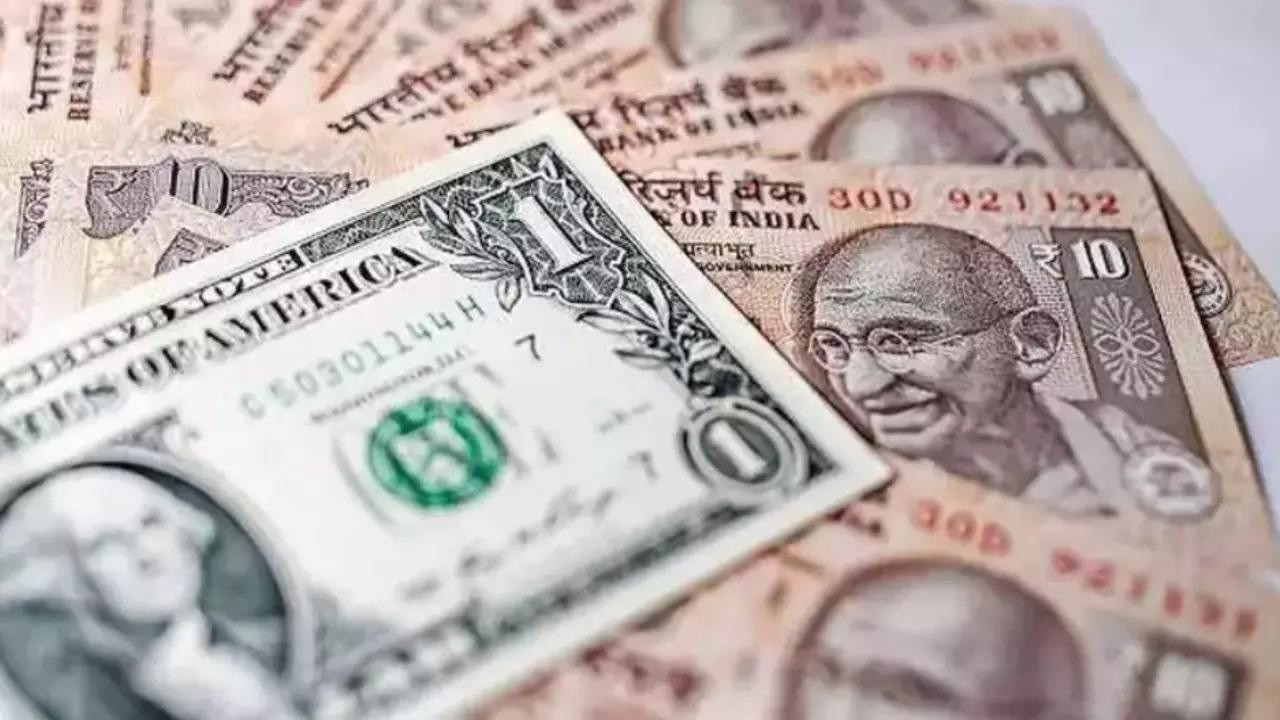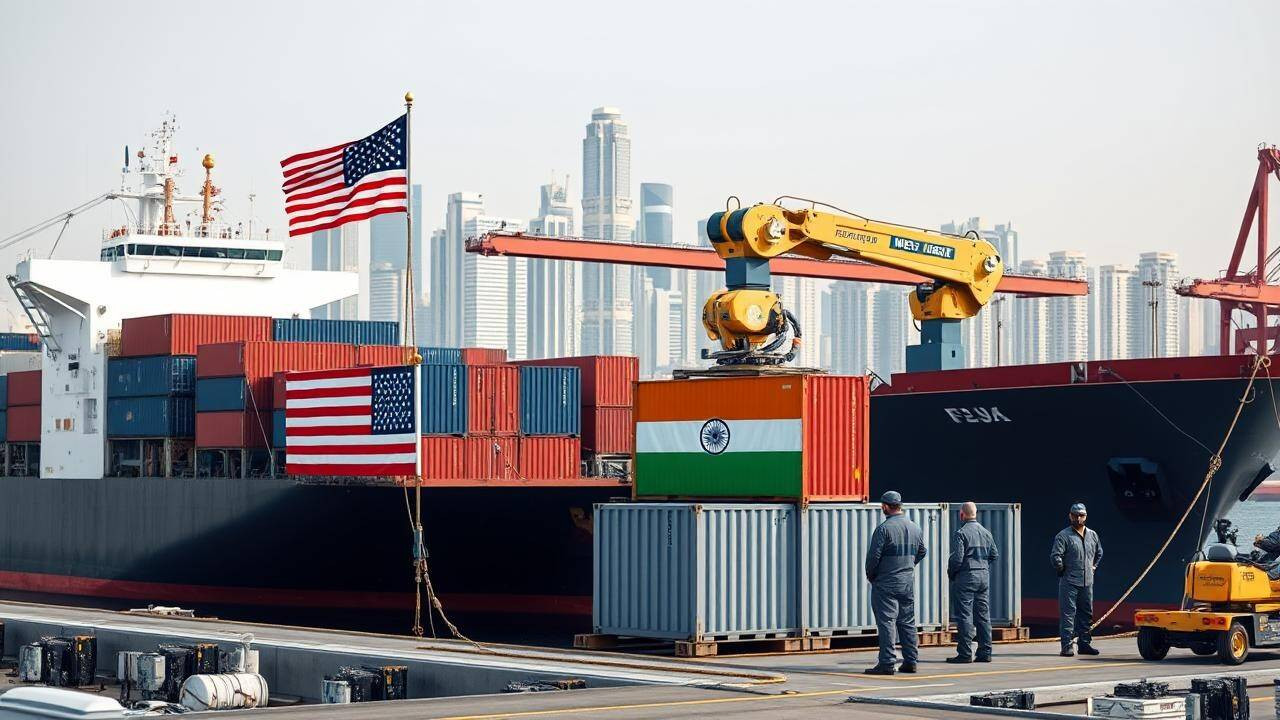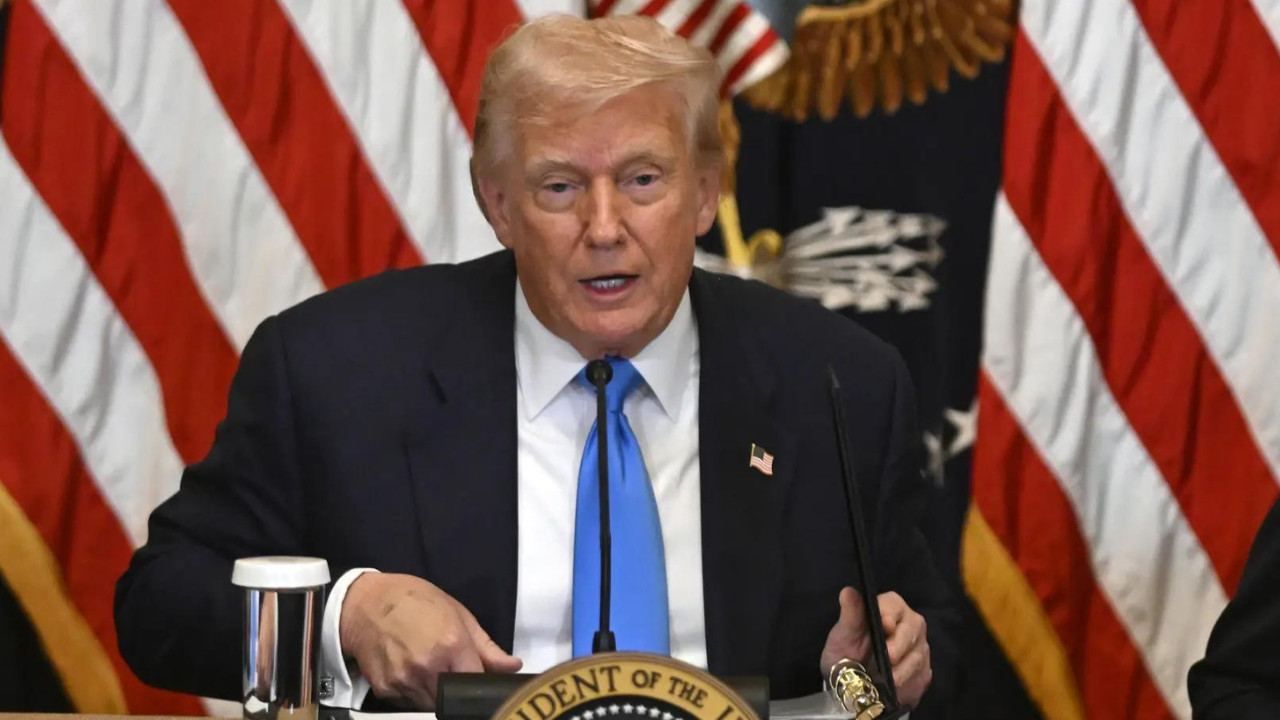The rupee weakened to 86.70 against the US dollar due to month-end dollar demand and caution before trade and monetary policy decisions. A stronger dollar, influenced by the EU-US trade pact, and uncertainty over India’s trade talks with the US also contributed. Weak domestic industrial output and declining forex reserves further pressured the rupee.
Navigating the Forex Seas: Why the Rupee is Feeling the Pressure
The foreign exchange market is rarely still. It’s a churning ocean of global sentiment, economic data, and geopolitical currents. Lately, the Indian Rupee has been experiencing some choppy waters, ending lower at 83.70 against the US dollar recently. But what’s behind this dip, and what does it mean for the Indian economy? Let’s unpack the key factors influencing the Rupee’s performance.
Trade Turbulence and the Dollar’s Dominance
One significant factor weighing on the rupee is lingering unease surrounding global trade. Uncertainties always send investors flocking to safe-haven assets, and the US dollar typically wears that crown. When trade relationships look shaky, demand for the dollar increases, pushing its value up against other currencies, including the Rupee. It’s a risk-off sentiment that ripples through the forex market, leaving currencies like the Rupee vulnerable.

The Fed’s Next Move: Interest Rate Speculation
Adding to the complexity is the ever-present speculation surrounding the US Federal Reserve’s (the Fed) next moves. The Fed’s monetary policy decisions, particularly regarding interest rates, have a profound impact on global currency valuations. If the Fed signals a potential rate hike, it strengthens the dollar, as higher interest rates make dollar-denominated assets more attractive to investors. This anticipation, or even the perception of anticipation, can pressure the Indian Rupee. The market constantly tries to predict the Fed’s next steps, leading to volatility and uncertainty for currencies worldwide.
Domestic Demand and the RBI’s Role
While global factors play a crucial role, domestic demand for dollars within India also influences the rupee’s value. Importers, for example, need dollars to pay for goods and services purchased from abroad. A surge in import demand can increase the demand for dollars, putting downward pressure on the rupee.
The Reserve Bank of India (RBI) plays a crucial role in managing the rupee’s exchange rate. It possesses various tools to intervene in the forex market, such as buying or selling dollars to influence supply and demand. The extent and effectiveness of the RBI’s intervention are always closely watched by market participants. Finding the right balance between supporting the rupee and allowing market forces to play out is a constant challenge for the central bank. You might be interested in reading about India’s Forex Reserves for more insights.
Inflationary Pressures: A Global Concern
Global inflationary pressures are another element contributing to the rupee’s struggles. Rising inflation erodes the purchasing power of a currency, making it less attractive to investors. While India has been actively managing inflation, it remains a concern, particularly in the context of rising commodity prices and supply chain disruptions. This inflationary environment adds another layer of complexity to the task of maintaining a stable Indian Rupee.
Looking Ahead: Navigating the Uncertainty
Predicting the future of any currency is an exercise in futility. However, understanding the forces at play provides valuable context. The Rupee’s performance will likely continue to be shaped by a combination of global trade dynamics, the Fed’s monetary policy, domestic economic factors, and the RBI’s interventions. Monitoring these factors closely is crucial for businesses, investors, and anyone with an interest in the Indian economy. The ability to adapt to the ever-changing landscape of the forex market will be key to navigating the uncertainty ahead.
Ultimately, the strength of the Rupee reflects the broader health and stability of the Indian economy. Continued focus on economic reforms, fiscal prudence, and attracting foreign investment will be vital in bolstering the rupee’s resilience in the long run.







